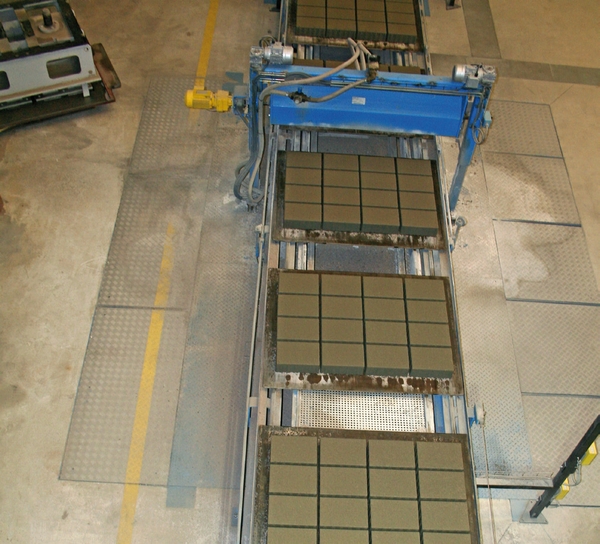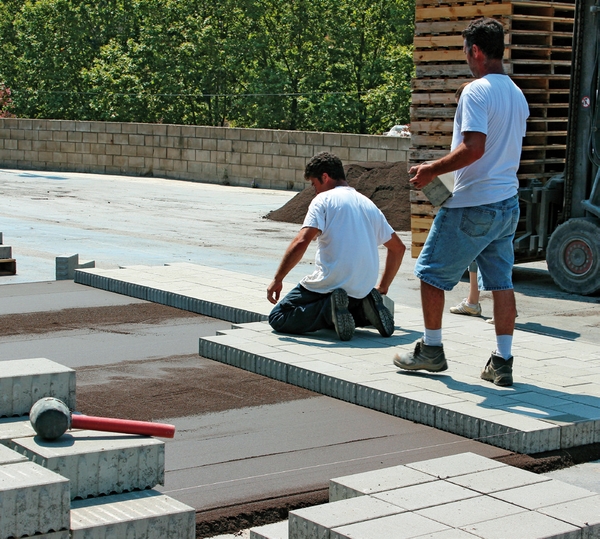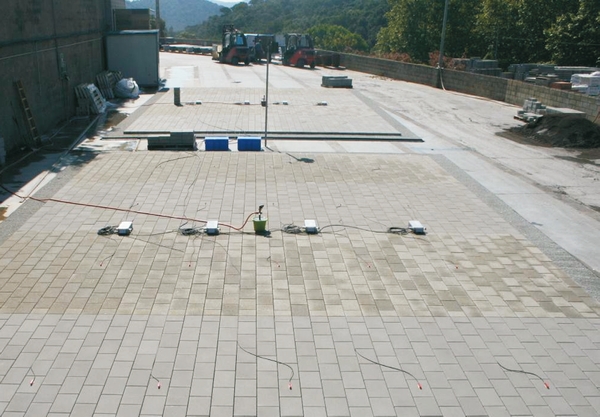


Averaged out over a year, temperatures in large urban areas, cities and megacities across the world are now one to two kelvin higher than in the surrounding rural areas. Depending on the size of the built-up area, the temperature difference can be as much as ten kelvin, which has given rise to the term “urban heat island”. One key factor affecting this urban heat balance is the dense concentration of buildings, which not only offer a considerable surface area for the transfer of heat but also represent a massive thermal store. Urban areas are also less adept at getting rid of heat through thermal radiation because the great volume of emissions they produce trap the heat. In addition, paving and buildings seal the ground, preventing it from absorbing rainwater, which would in turn evaporate and alleviate the urban climate. Especially during prolonged periods of hot weather, this build-up of heat can lead to increased discomfort and even pose a health risk.
While there is not much that can be done to existing buildings, certification processes for new buildings are changing things. Several of these now include building surfaces that are designed to absorb less solar radiation with the result that they do not heat up as much when the sun shines. Another approach involves de-sealing roadways, but since these must remain functional this is not a very practicable solution.
As part of a collaborative project funded by the German Federal Ministry for Economic Affairs and Energy (BMWi), Fraunhofer IBP worked together with the German Federal Institute for Materials Research and Testing (BAM) and partners from industry to develop a novel paving stone concept.
The basic idea is to enable concrete paving stones to store water. During the hot summer months, the water is transported as needed to the surface, where it evaporates and cools the stone surface in a process known as evaporation enthalpy. One effect of this integrated water store is that it inhibits the concrete from absorbing and storing heat in the first place - it is this absorbed heat that tends to prevent the concrete from cooling properly in the evening and at night. It also makes standing on or being near paved surfaces significantly more comfortable. This is because the temperature difference to the fourth power of the surfaces (in this case the ground and the people walking on it) comes into play when energy is transferred as radiation.
Initial measurements indicated that under certain conditions, a drop in temperature of up to ten kelvin can be achieved. This is comparable to the difference between a dry concrete surface and a stretch of grass in the midday sun.